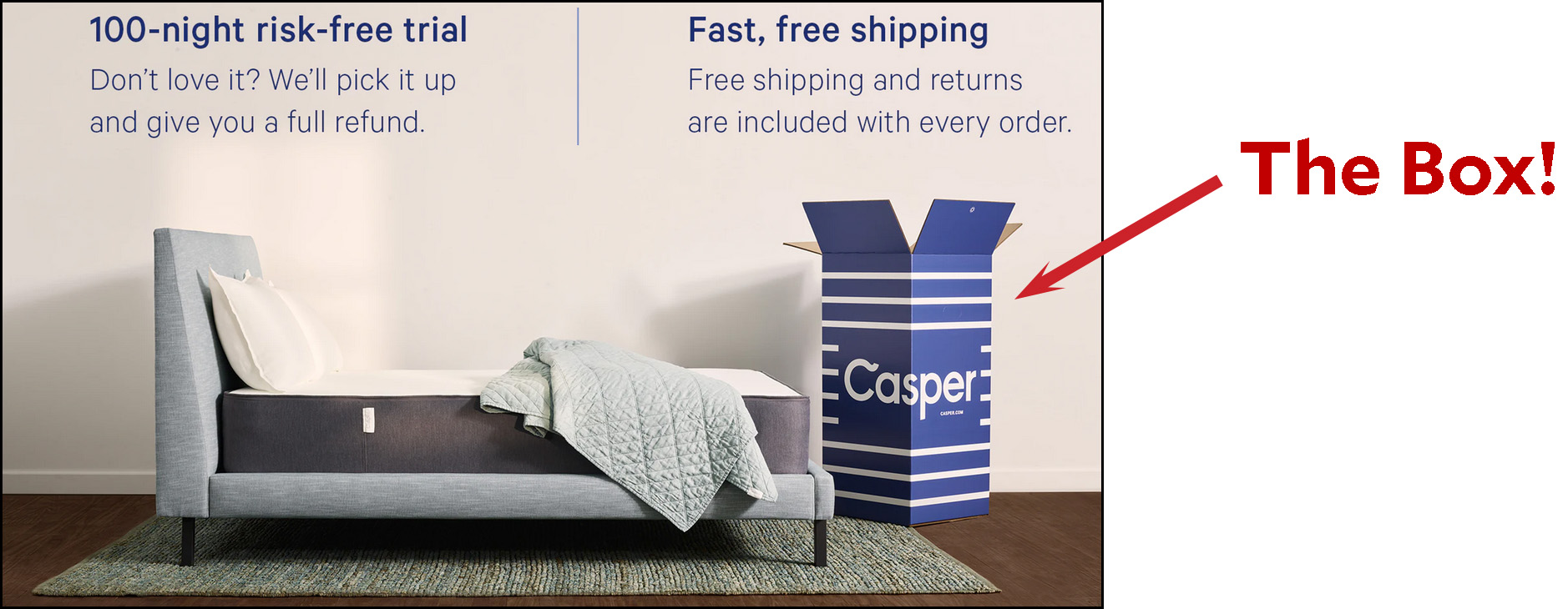I’ve been puzzled by the whole mattress-in-a-box phenomenon for a while, and yesterday’s calamitous IPO of Casper has got me thinking about it again.
I get that I’m a boomer and these mattresses are aimed at millennials. Still, a mattress is a mattress. They all come in boxes, and they all get delivered to your house one way or the other. So all that matters is how good the mattress is. Right? Am I missing something?
Anyway, if you head over to the Casper site, you’ll find that “The Casper”—their original, middle-grade memory foam mattress—costs $1,095 in a queen size. Is that a great deal for a superlative mattress? You can’t trust mattress review sites to tell you, but you can probably trust Wirecutter, and they’re unimpressed: “Although a couple of Casper’s mattresses had a distinct feel that many testers liked, as a whole we think they’re probably overpriced for what they offer.” They recommend seven different foam mattresses ranging from $250 to $2,200—all available online—and none of them are Casper mattresses.

Alternatively, you can look at inexpensive mattresses from ordinary sources like Ikea. Their Myrbacka memory foam mattress will set you back $499 and you can buy it online if you feel like it. They have others at price points a little above and below that. Costco sells all the usual name brands, at prices ranging from $400 up to about $1,000. Sit ’n Sleep, a local chain that’s inescapable around here, sells loads of memory foam mattresses for $500 and up.
So what’s the deal? Casper sells perhaps the ultimate in non-tech merchandise: a mattress. Their quality seems to be OK but nothing great. Their price is also OK but hardly great. They sell online, but so do other folks. And even if you buy in a store, your mattress will still get delivered to you just like a Casper.
And of course, Casper is losing potloads of money. What a surprise. So will someone please tell me: Just what is Casper doing that is supposedly disrupting the mattress industry?

















